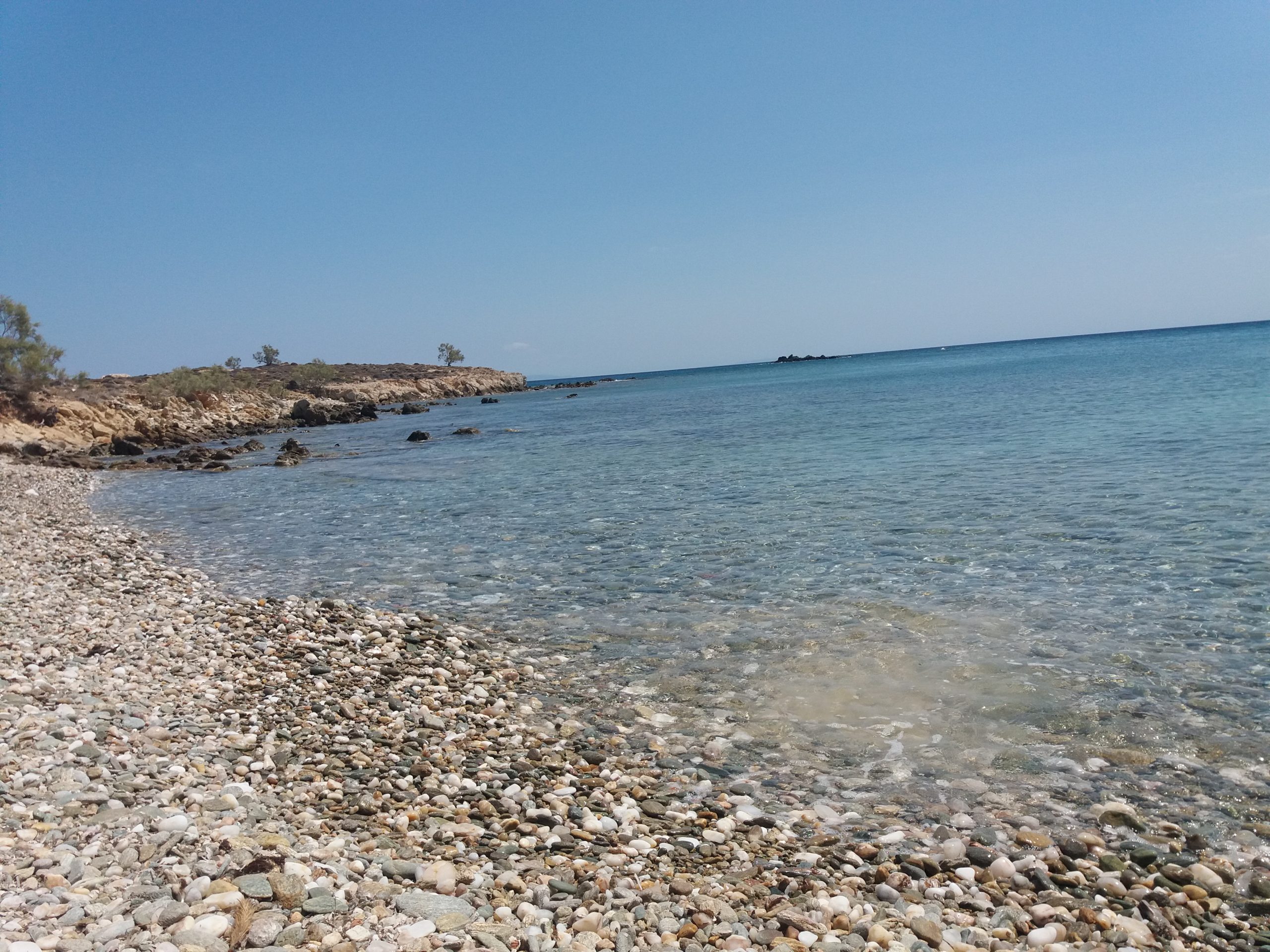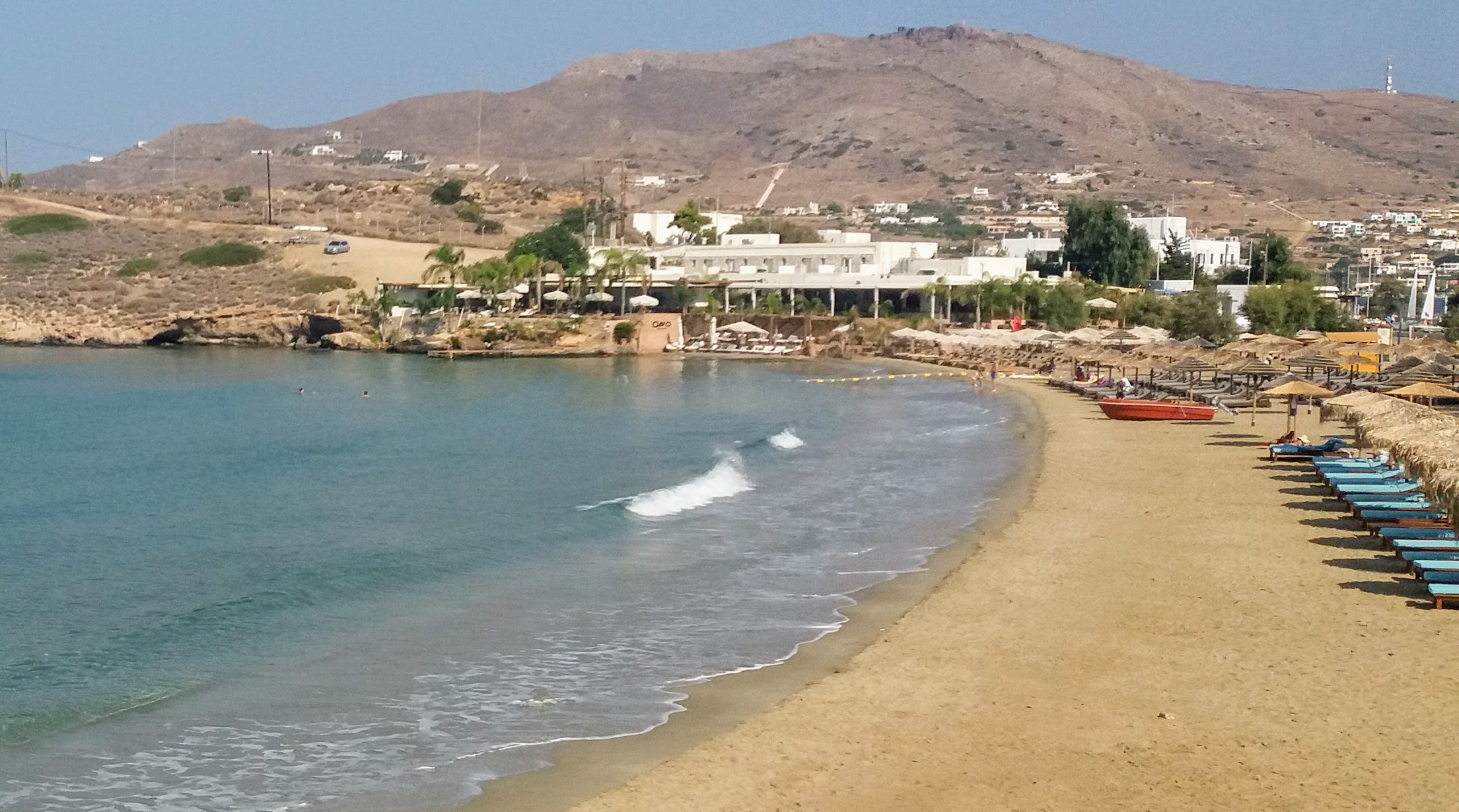After glutton days of carnival, Clean Monday arrives like a shiny diamond cutting through months of cloud. Some went kite flying as tradition dictates out at the coast or on the green hills – some kids idly ran through the plateia just fast enough to make the kite lift a metre or two from the ground. A rare windless day. Washing hung out on rooftops and houses swept clean as the air sang with the promise of Spring. In the market the glistening tentacles of the octopus ready stretched next to bulbous fish. Taverna tables suddenly set outdoors for lunch marking the Lenten fast of sinless pleasure before the feasting of Easter. No meat, no dairy – nothing with a spine.
The weather held out for a day or two. Bright sunlight on winter tired eyes, relishing the feel of shedding seasons. Moving towards the light of longer and warmer days. Then the wind changed direction and the cold came back – the darkness too. The winter is never ending and in recent months the island was hit by not one snowstorm but two.
What is positive is the greenness of the hillsides visibly quenched from all the delicious rain we’ve had. 303.0 mm in less than 3 months of 2022 the last time I looked – compare this with 181.6 mm for the whole of 2021. It’s a wet, cold and damp and windy and icy and cold and dark year so far.

Some days start off light. I am sprung wide awake before 7am and shyly opening the door to scare nervous cats who’ve been watching the birds flit around the ragged stumps of cut back bougainvillea. The birds sing loudly, willing on springtime, nest building and flying back and forth fetching twigs with a prurient optimism. Weaving a home so when the warmer weather finally comes they will be ready. I admire their work ethic – feeling my patience drain with the waiting.
The hills are lush with green vegetation, dancing yellow follows seem neon in the gloom. There are days when hiking is possible and on one of these we found a carving on a rock. A lonely hillside memorial or a declaration perhaps. It’s on a path, not a well used one though – but must have taken a while to carve.

We asked around. No-one seems sure. Perhaps it’s to a soldier in the Greek civil war. Syros has more famous carvings at Grammata (letters) beach in the North. A place where ancient sailors marked thanks or prayers or declarations on the rocks. The names of those who sheltered there or those who never made it home are scattered along the wide bay. Older than the island’s long-tail of memory. Perhaps one could map the other markings; the names made by hands of those long gone – edged out of stone with knives or tools, like saxifrage that splits the rock. Proof that they were here once. That would be something to know the why’s and who’s.
My mind wanders, doom-scrolling – opening tabs, closing them, starting thoughts, shutting them down again as fearful as hope in the darkness. I stop seeing. Not just the view, but the very things in front of me. The tea cup, the streak of sunlight showing up the dust, the way footsteps in the alley sound like drums. Reading again the new words that sit heavy and fat on my tongue. Unable to remember them right at the moment I need them – I read and practise the letters – but my brain has a sieve-like approach to the lessons I take. Repeating, using and discarding them like crumbs. I learn. I unlearn. I learn again.
This week the school bands are practising for Greek Independence Day on 25th of March. Given their dedication of a daily hour long practice and the sound as it rises up the town, the parade with all its pomp and military grandeur will be back on. Just like normal. A word we use now with such frequency. I forget I don’t know how it was before and find myself nodding along, smiling. Feeling blank and turned around, my back against the dark clouds.
By afternoon all hope of sunshine has been lost. I come back again to the path on a walk to clear my mind from the doom-scrolling fog. Counting stones underfoot, the springyness of grass and leaf, tumble of tangled root and unfurling tendril. The yellow and white flowers grasp upwards for sunshine – bobbing in the breeze. Even the pines are shimmering green and proud branches stretched outwards. They almost look like Christmas trees. Last August they stood like skeletons – stringy and bare after the droughts and extreme heat that persisted all summer. But now they shine. Sticky scent rising as I pass.
The chickens have scampered up onto the wall again close to Sa Mikalis Church, where they peck and pose. I often see a man come past who shoos them back in the garden they belong to by shaking a bag at them. After they scatter he hops over the wall to collect their eggs.
I walk on and the sun is about to go over the hill at Alithini, I climb to the top of the village, finding a spot to shelter away from the worst ravages of wind. I find more words carved into the rock. And more. I wonder if I am suddenly looking for them. Or is it that the words can only be seen in light, when the sky opens and the shadows are cast upon the rocks.

I make promises to myself. To the wind, to the sun, to the clouds. I meditate on my lowliness, my thanklessness, remembering the skull and claw of time itself. Always seasons. Always light. Always dark.
“One discovers the light in the darkness, that is what darkness is for; but everything in our lives depends on how we bear the light. It is necessary, while in darkness, to know that there is a light somewhere, to know that in oneself, waiting to be found, there is a light. What the light reveals is danger, and what it demands is faith.” James Baldwin












































